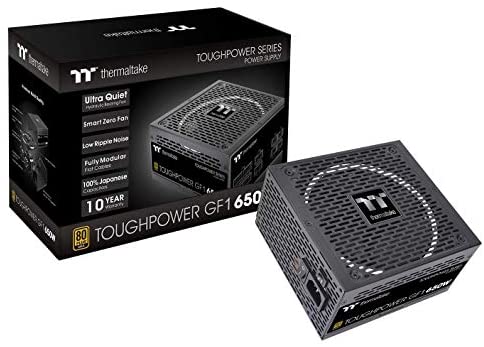Hi-tech trapping is helping growers to home in on invasive pests and reduce reliance on chemicals.
The technological fly trap uses the same fingerprint ID as a smartphone to detect specific pests and was designed to help manage Australian fruit fly.
The device uses a traditional lure to attract the fruit fly into the chamber, but it’s what happens when the pest insect is inside that sets it apart from a typical fly trap.
Nancy Schellhorn, chief executive of Rapid Aim, the company behind the sensing trap says as the insect entered the traps it interacts with sensors.
“And it’s the insect’s size, shape and behaviour that we then write algorithms to identify and detect it to know whether it’s what we’re interested in, or separate it out for the insects that enter the device that we don’t care about,” she said.
“The information is streamed then in real time to the grower to their mobile app, so they can see exactly what’s happening with pests on their farm.”
Technology beating pests
David De Paoli uses the sensor trapping system on his chilli farm in Bundaberg, Queensland.
“I love technology,” Mr De Paoli said.
AustChilli is the biggest chilli farm in the country and one of the biggest suppliers of non-perishable chilli and avocado products to South-East Asia.
But growing crops in Bundaberg comes with some challenges. The Queensland fruit fly is an invasive pest that’s very active in the area.
Mr De Paoli says the introduction of sensing traps across his farming operation has vastly changed pest management practices.
“We can see them in real time; every time a fly flies through a trap, we know ‘Hey, there’s 10 over in that corner, but there’s 50 in that corner’.”
This information allows the grower to target where and when they spray for fruit flies. The hope is that knowledge may lead to a reduction in chemical use, as its application can be more precise.
“They never attack the whole field,” Mr De Paoli said.
Manual traps not accurate
Traditionally, fruit flies were managed through manual trapping and monitoring — a system that was both highly labour-intensive and not particularly accurate.
Isaiah Gala, an agronomy assistant at the AustChilli farm, says previously they used containers with a pheromone to attract the pests.
“Now we can just click on a trap and Google Maps comes up, and it shows us exactly where it is.
“For example, in this one last week, we had 53 fruit flies on our Douglas farm, and we had 141mm of rain, and that number then tripled.”
The science behind becoming better farmers may start small, but it has the potential for a big impact.
Ms Schellhorn says a lot of chemical spray is wasted.
“In the US, about the equivalent of 230 jumbo jets full of pesticide gets sprayed across the landscape every year,” she said.
Detecting other pest species
Beyond fruit flies, the technology captures and models behaviours to provide the data for the detection of other pest species.
“For most growers, there are usually one to three key pests that cost them the most money,” Ms Schellhorn said.
The next step in the research is to move beyond trapping — to put the pest to work to kill others of its kind.
“With our new Gen 2 product, we are no longer trapping pests,” Ms Schellhorn said.
“What happens is the pest comes in, it’s attracted to a lure. Once it comes into the chamber, it starts to pick up biocontrol. The biocontrol could be a spore, a fungal spore.
It’s set to be rolled out in Queensland’s Lockyer Valley this October, and the first target is the invasive and extremely costly fall armyworm.
“So we’re super excited because it’s now bio digital,” Ms Schellhorn said.
“We’re on a mission to reduce the chemical intensity of agriculture, and we know that we have the technology and solutions and a new paradigm shift that allows us to do that.”


